About 4 billion years ago, our planet was not completely covered by ocean
Scientists say ancient crystals are the earliest evidence of fresh water on Earth in prehistoric times. A new analysis of ancient crystal grains embedded in rock from the Australian outback shows that about 4 billion years ago, Earth had dry land and fresh water — a time when scientists thought the planet was completely covered by ocean.
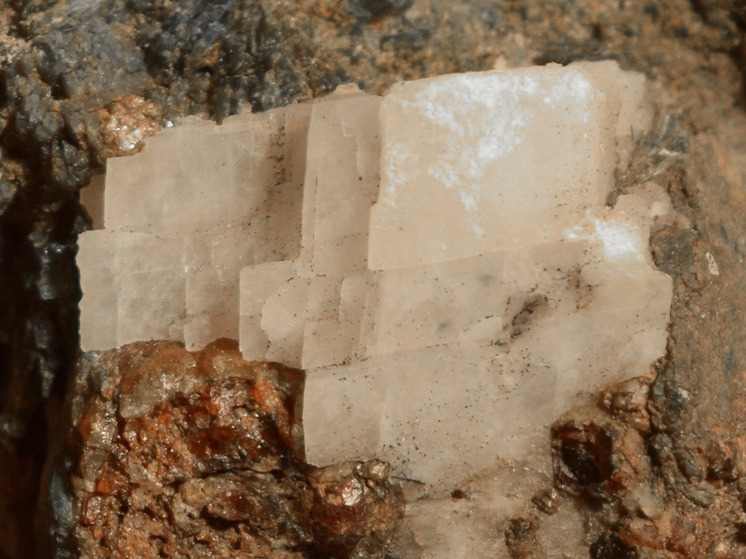
Chemical evidence contained in the crystals showed that the hot molten rocks from which they formed came into contact with fresh water when the crystals formed, according to a study published Monday in the journal Nature Geoscience.
“By studying the age and oxygen isotopes of tiny crystals of the mineral zircon, we found unusually light isotopic signatures that were discovered as early as four billion years ago, “ says lead study author Hamed Gamaleldien, an associate research fellow in the School of Earth and Planetary Sciences at Curtin University in Australia and an assistant professor in the Department of Astronomy at Curtin University in Australia. – Such light isotopes of oxygen are usually formed as a result of the action of hot fresh water on rocks located several kilometers below the Earth's surface.
Gamaleldien said that evidence of fresh water can only be explained by the existence of land where water collected and seeped into the continental crust.
“We have two important things. We have discovered the earliest evidence of fresh water and characteristic evidence of land above the sea”, – added the scientist.
Research shows that the Earth's water cycle – when water moves between land, oceans and the atmosphere through evaporation and precipitation – acted at that point in time, CNN reports.
This discovery, according to the authors, means that the “recipe for the emergence of life” existed less than 600 million years after the formation of the Earth, long before the dinosaurs or even the earliest known microbial life. According to Gamaleldien, the earliest recognized evidence of life – and fresh water – are stromatolites, fossilized microbes that formed mounds in hot springs 3.5 billion years ago.
“This discovery not only sheds light on Earth's early history, but also suggests that land masses and fresh water created the conditions for life to flourish within a relatively short period of time“ less than 600 million years after the formation of the planet”, – notes study co-author Hugo Oliruk.
“The findings mark a significant step forward in our understanding of the early history of the Earth and open the door to further research into the origins of life”, – he added.
The Hadean Eon, which lasted from 4.5 to 4 billion years ago, is the earliest chapter in Earth's history and a geological era of darkness that is little understood because geologists simply don't have such ancient rocks to study: the oldest known rocks are 4 billion years old.
So how then can zircon crystals serve as a portal into the ancient history of the planet? The tiny mineral grains are particularly strong and can be cemented into younger rocks. The zircons used in the study were found in 3.1 billion-year-old orange sandstone from the Jack Hills Formation, a weathered rock outcrop in Western Australia.
What makes zircons especially useful to geologists is that they that they contain some uranium in their structure, and scientists can accurately determine their age by measuring the radioactive decay of uranium ions, CNN explains. The oldest terrestrial material is zircon, found in the Jack Hills Formation, which is 4.4 billion years old.
“Zircon – unique mineral. It is highly durable and does not change over time – Gamaleldien comments. – This is the only evidence of the Hadean period.»
To reach their conclusions, the researchers extracted, mounted and polished 2,500 grains of zircon about the thickness of two or three strands of human hair, then dated 1,400 of them and measured various isotopes or oxygen species inside zircons.
Salt water contains heavier oxygen isotopes that resist evaporation, while rainwater contains lighter isotopes, Gamaleldien said. Two zircon crystals contained isotopic signatures of meteoric or fresh water, he said; one was 4 billion years old and the other was 3.4 billion years old.
The team ran 10,000 simulations of zircon composition using a computer model — how hot molten rocks mix with seawater, rainwater or a combination of both — and found that with only a small amount of fresh water they could explain the light isotopic signature of the zircons.
Gamaledien said that from their work it was impossible to understand whether there were large areas of land there, but there must have been some then land above sea level. Moreover, he said, earth and fresh water, which would likely fall as rain, would be necessary ingredients for the origin of life.
Scientists have different theories about the origin of life on Earth. Some believe it formed around deep ocean vents, but others suspect it originated in shallow bodies of water on land. Gamaleldien said the new findings support the latter hypothesis, and researchers want to obtain more zircons for geochemical analysis for further research.
John Valley, a professor of geosciences at the University of Wisconsin-Madison, agreed that conditions for life may have existed on Earth a very long time ago. Valley was not involved in the new study, but was one of the first scientists to use zircons to show that more than 4 billion years ago the Earth had ancient oceans and cooler temperatures, disproving the idea that the Hadean-era Earth was a hellish ball with fiery seas of magma.
However, he said that the liquid that the zircon precursor came into contact with could have been rain or seawater, and that the computer model used by the study authors suggested that the isotopic composition of the Hadean ocean was identical to that of modern oceans.
Geochemist Beth Ann Bell, an associate research scientist in the Department of Earth, Planetary and Space Sciences at UCLA -Angeles, says that the very low isotope values “convincingly prove” interaction between rock and fresh water during the Hadean period, which suggested the presence of some land at that time.
“Zircon is physically durable and does not break down on the Earth's surface, – Bell emphasizes. – It usually persists for billions of years in the earth's crust and on the surface, keeping its geochemical information unchanged”.


















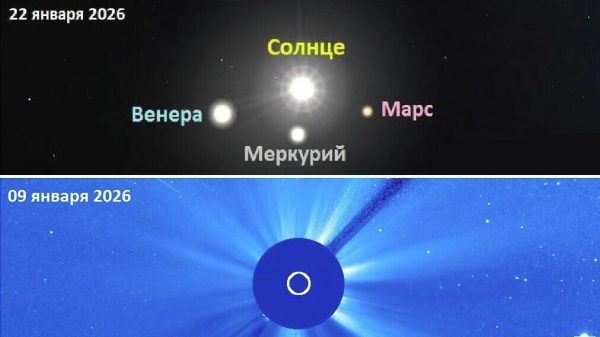
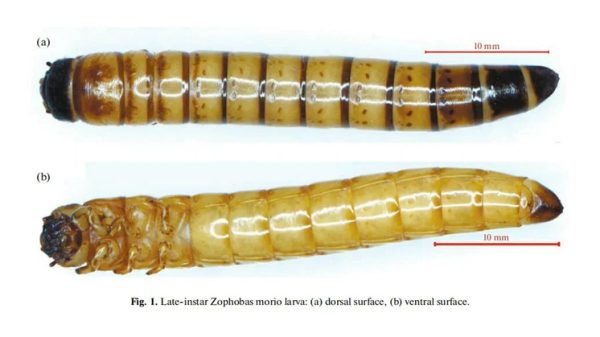
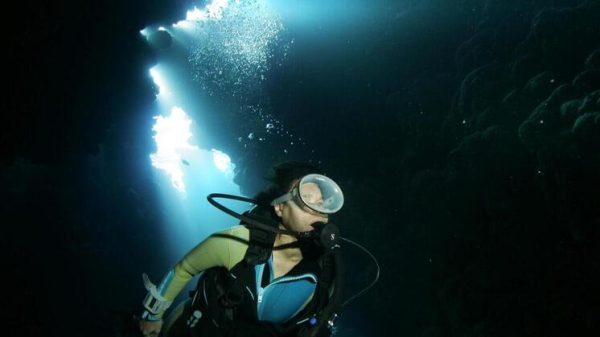















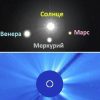


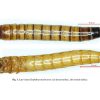


















Свежие комментарии